How to Reduce Puffy Eyes Fast
Puffy eyes are a common yet frustrating issue that can affect anyone, often popping up at the worst times. Whether it’s the result of a late-night binge session, an emotional cry, or a stubborn allergy flare-up, the swollen, tired look around your eyes is hard to ignore.
But don’t worry—it’s not a permanent problem! With a few simple tweaks and remedies, you can quickly bring your eyes back to looking refreshed and awake. In this guide, we’ll explore easy and practical ways to reduce puffy eyes fast, focusing on natural solutions and everyday habits that actually work.
Causes of Puffy Eyes
1. Crying:
Ever noticed how your eyes swell up after a good cry? That’s because emotional tears cause fluid retention around the eyes, leading to puffiness. While it’s a natural reaction, the swelling can linger and make you look more tired than you feel.
2. Aging:
As we age, the skin around the eyes becomes thinner, and the tissues supporting the eyelids can weaken. This makes it easier for fat and fluid to accumulate, leading to persistent puffiness that’s harder to get rid of.
3. Lifestyle Factors:
Your daily habits might be a bigger culprit than you think. A salty dinner, not drinking enough water, skimping on sleep, or dealing with chronic stress can all trigger swelling around the eyes.
4. Allergies:
Seasonal allergies or year-round sensitivities can irritate the eyes, causing redness, itching, and swelling. Allergic reactions often lead to rubbing the eyes, which only worsens the puffiness.
5. Other Triggers:
Some factors are simply out of your control, like genetics or prolonged sun exposure, which can damage the delicate eye area. Even harmless habits, like frequently rubbing your eyes, can increase irritation and swelling over time.
Quick Remedies for Puffy Eyes
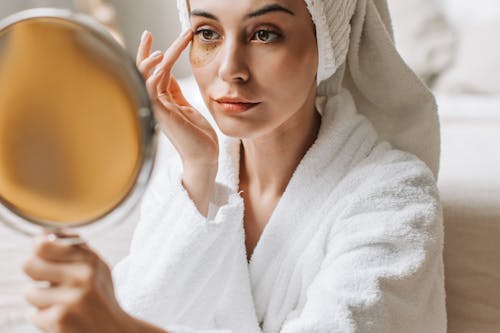
1. Cold Compress
Cold therapy works wonders to shrink puffiness by constricting blood vessels. Grab an ice pack, chilled spoons, or a cold water-soaked towel and gently place it over your eyes for 5–10 minutes. It’s an easy way to refresh tired eyes and reduce swelling quickly.
2. Cucumber Slices
Those spa clichés of cucumbers on the eyes are popular for a reason! Their high water content hydrates and soothes the skin, while their anti-inflammatory properties help calm puffiness and even lighten dark circles. Chill the slices for the best results.
3. Tea Bags
Used green, black, or chamomile tea bags are like tiny eye masks packed with caffeine and tannins. These ingredients tighten the skin, boost circulation, and reduce swelling. Chill the tea bags, then rest them on your closed eyes for 10–15 minutes for a relaxing and effective remedy.
4. Witch Hazel
A natural astringent, witch hazel helps tighten skin and reduce puffiness. Soak a cotton pad in chilled witch hazel and place it gently under your eyes for 5–10 minutes. Just be careful to avoid direct contact with your eyes.
5. Massage
A gentle massage can help drain fluid build-up and improve blood flow. Use cold fingers or an eye roller to massage the under-eye area in light, circular motions. This quick trick works even better with a cooling eye gel or serum.
6. Hydration
Dehydration often worsens puffy eyes, so keep your water intake in check. Aim for 8–10 glasses a day and incorporate water-rich foods like cucumbers into your diet. Avoid alcohol and caffeinated drinks, which can dry you out further.
7. Eye Creams
Choose an eye cream loaded with active ingredients like caffeine (to tighten skin), hyaluronic acid (to hydrate), retinol (to boost collagen), or vitamin C (to brighten). Applying it regularly not only reduces swelling but also keeps the delicate eye area looking youthful.
Lifestyle Changes for Prevention
Sleep Hygiene
Getting a good night’s sleep is essential for keeping puffy eyes at bay. Aim for 7–9 hours of quality rest each night. To prevent fluid from pooling around your eyes, try sleeping with your head slightly elevated by using an extra pillow or an adjustable bed position.
Dietary Adjustments
What you eat has a significant impact on under-eye puffiness. Reduce your salt intake to minimize water retention, and load up on potassium-rich foods like bananas, leafy greens, and yogurt to help balance your body’s fluid levels. Staying well-hydrated also plays a critical role in preventing puffiness.
Allergy Management
If allergies are behind your swollen eyes, stay ahead of your symptoms by using prescribed antihistamines or eye drops. Avoid allergens, such as dust or pollen, by keeping your home clean and using air purifiers if needed.
Avoid Excessive Eye Rubbing
Though it’s tempting to rub your eyes when they’re itchy or watery, this habit can actually worsen puffiness and irritation. Instead, gently dab your eyes with a soft tissue or washcloth to remove tears or relieve discomfort. This small change can make a big difference in the long run.
Natural Therapies
Warm and Cold Contrast Therapy
This simple yet effective method uses temperature changes to stimulate circulation and reduce swelling. Start with a warm compress placed over your closed eyes for 3–5 minutes to relax the area and encourage drainage. Follow with a splash of cold water or a cold compress for another few minutes to tighten the skin and reduce puffiness. Repeat the process a couple of times for optimal results.
Herbal Teas
Certain herbal teas can work wonders both inside and out. Drinking teas like chamomile or parsley helps detoxify the body, potentially reducing bloating and under-eye puffiness. For added benefits, chilled used tea bags (like chamomile or green tea) can be applied directly to the eyes to soothe the area and improve circulation.
When to Seek Professional Help
If puffy eyes become a regular occurrence or do not respond to at-home remedies, it might be time to seek advice from a professional. Persistent swelling could be a symptom of underlying health conditions such as thyroid dysfunction, kidney issues, or sinus infections. Identifying and addressing these root causes is essential for long-term relief.
For those looking for cosmetic solutions, a dermatologist or aesthetic specialist can recommend treatments such as:
- Blepharoplasty: A surgical option to remove excess skin or fat from the eyelids, reducing puffiness.
- Chemical Peels: Used to improve skin texture and lighten dark circles around the eyes.
- Laser Treatments: Target fine lines, discoloration, and sagging for a more youthful appearance.
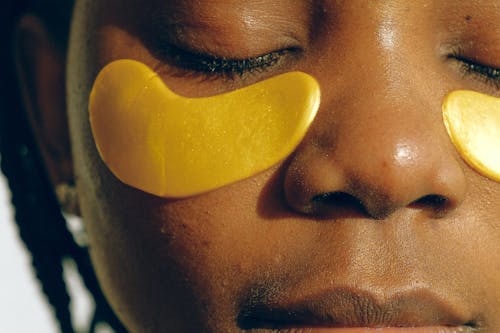
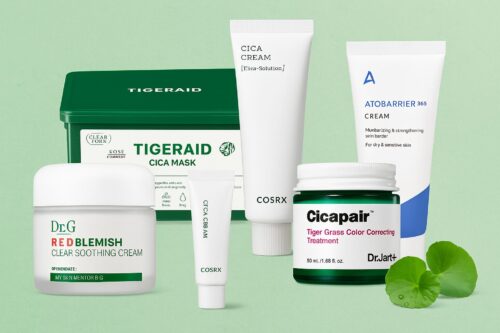
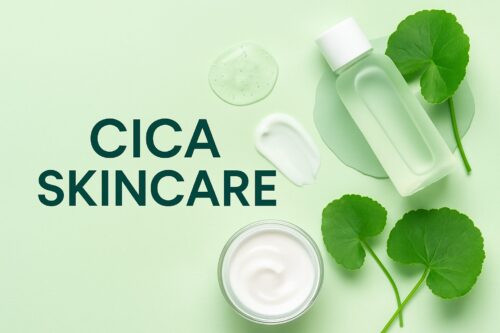
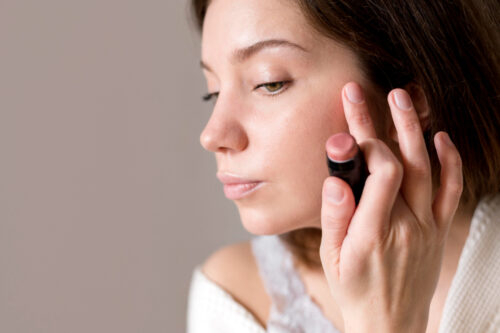
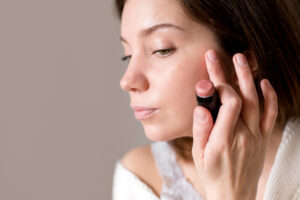
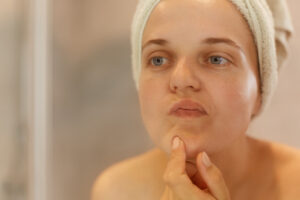
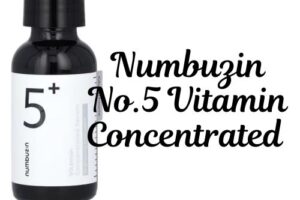
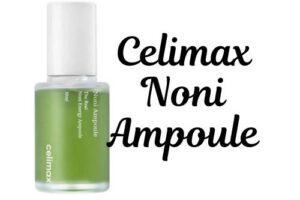
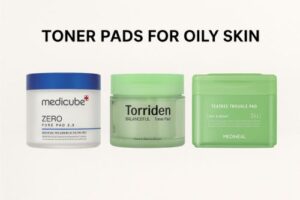
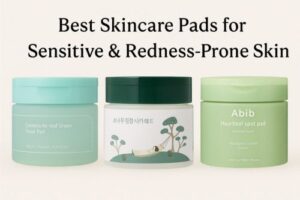
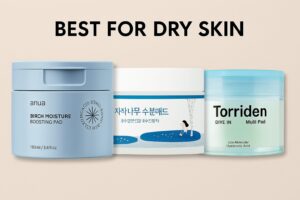

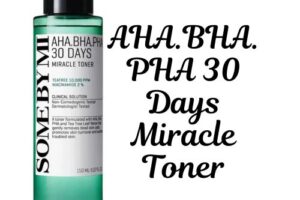

Post Comment